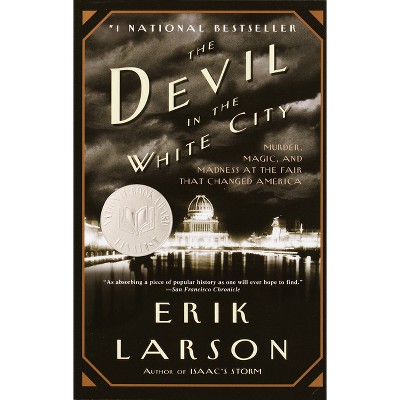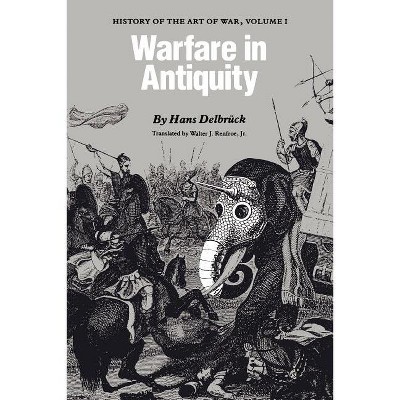About this item
Highlights
- By the fifteenth century the Swiss method of warfare, in which disciplined foot soldiers fought in tightly formed units, was being imitated.
- About the Author: As he did in the previous three volumes, all available as Bison Books, Hans Delbrück analyzes many famous battles.
- 488 Pages
- History, Military
- Series Name: Dawn of Modern Warfare
Description
About the Book
Translation of: Geschichte der Kriegskunst im Rahmen der politischen Geschichte.Book Synopsis
By the fifteenth century the Swiss method of warfare, in which disciplined foot soldiers fought in tightly formed units, was being imitated. The Germans and Spanish took notice when in 1479 Archduke Maximilian and his victorious Flemish infantrymen used their long pikes to prevent the mounted French knights from charging. The era of modern warmaking was at hand.In this last volume of his classic history of the art of war, Hans Delbrück considers new developments: the use of gunpowder, the invention of firearms, and the employment of noisy large cannon that shot stone and, later, iron balls. After reviewing the establishment of a European infantry, Delbrück discusses the transformation of loose confederations of knights into cavalry (well developed by the last Huguenot wars), the organization of fighting mercenaries (followed by wives and prostitutes), and the changing of mercenary bands into standing armies.
The Dawn of Modern Warfare is colored by larger-than-life personalities: Niccolo Machiavelli, the theoretician of the new art of war; Maurice of Orange, renovator of the art of drill and father of military discipline; Gustavus Adolphus of Sweden, perfecter of infantry tactics; Oliver Cromwell of England, reorganizer of a citizen militia into a professional army; and Frederick the Great and Napoleon Bonaparte, military strategists par excellence.
From the Back Cover
From the eighth century through the Middle Ages feudalism determined the nature of European warfare. Medieval Warfare begins in the time of Charlemagne, who maintained a military system of freemen and of vassals bound to him in service for lands granted in fief. These pages are crowded with re-creations of famous events like the Battle of Hastings and movements like the Crusades; with the brightest flowers of knighthood, and with the mercenary grandeur of Byzantium.About the Author
As he did in the previous three volumes, all available as Bison Books, Hans Delbrück analyzes many famous battles. Walter J. Renfroe Jr. has translated into English a work that set a standard for scholarship when it was first published in 1920.Shipping details
Return details
Trending History












